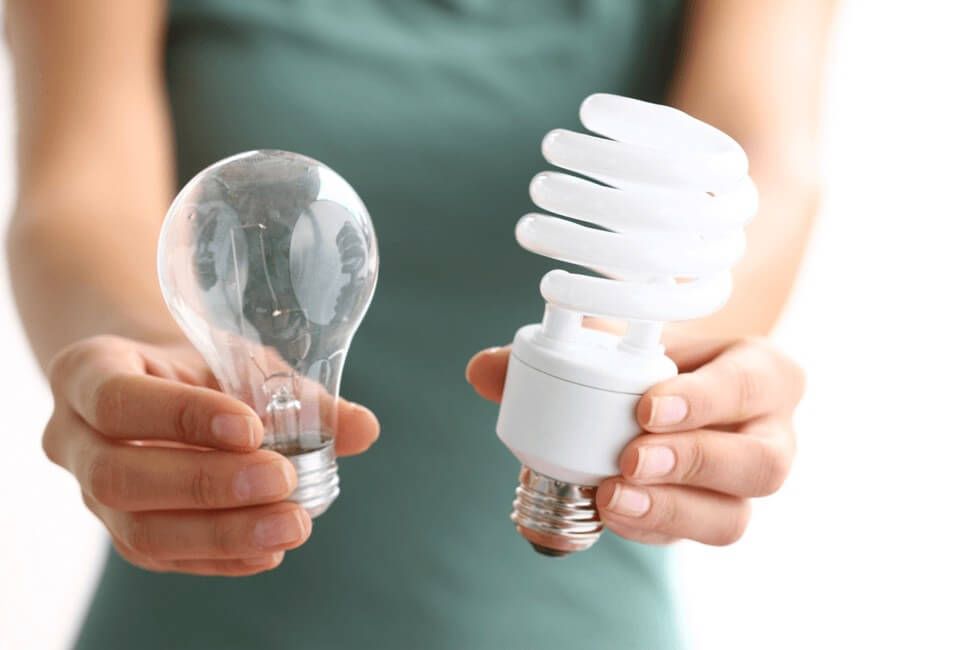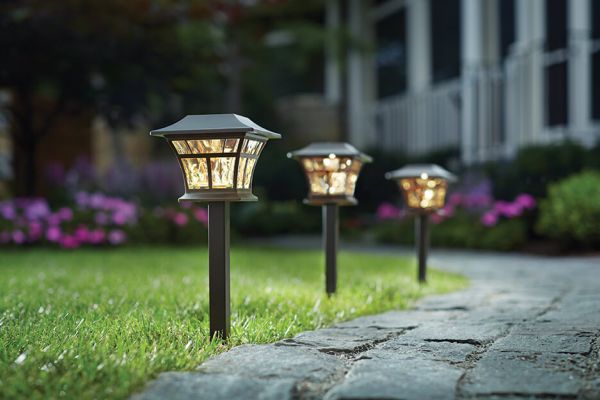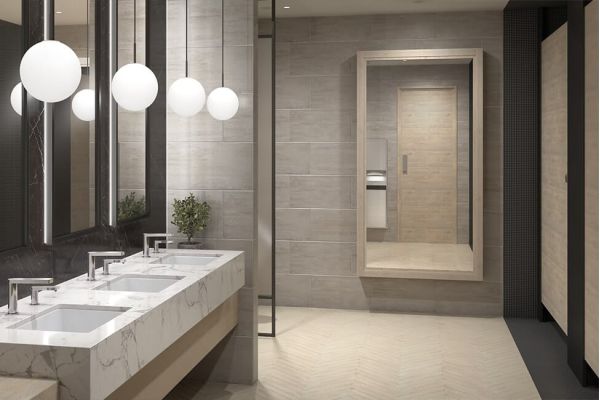Watt’s New in 2025 Lighting?

As more homeowners and businesses prioritize sustainability, energy-efficient lighting continues to gain momentum. The lighting industry is evolving rapidly in 2025, offering innovative, cost-effective, and eco-friendly options that blend form, function, and smart technology. Whether you’re outfitting a new home or upgrading a commercial space, staying informed about current lighting trends can help you make smarter decisions.
At White Star Supply, we’re committed to delivering cutting-edge lighting solutions tailored to your needs. Here’s a look at the top energy-efficient lighting trends to watch in 2025.
1. Smart Lighting Systems Are Becoming Standard
Smart lighting systems are no longer a luxury, they’re becoming a staple in homes and commercial buildings alike. These systems allow for remote control, automation, and real-time energy monitoring using apps or voice assistants. You can schedule lights to turn on or off, adjust brightness based on natural light, or activate motion sensors for high-traffic areas.
In 2025, smart lighting setups are also increasingly compatible with other smart devices, like thermostats, security systems, and voice-controlled assistants. The interoperability of smart ecosystems is helping homes and workplaces operate more efficiently while reducing unnecessary power consumption.
2. Advancements in Commercial LED Lighting
LED technology continues to lead the energy-efficiency movement in 2025. Modern commercial LED lighting offers improved brightness, better color rendering, and longer lifespans than previous generations. New features like tunable white LEDs and integrated dimming controls offer both energy savings and flexibility in design.
Additionally, LED lighting is being used in creative ways for workplace productivity. Tunable LEDs can be adjusted to stimulate alertness during work hours or provide a calming glow in break areas. Retail environments benefit from directional LED lighting that highlights merchandise while using minimal power. In warehouses and industrial spaces, high-lumen LED high bays are making operations safer and more efficient.
3. Human-Centric Lighting Enhances Wellness
One of the most transformative trends this year is the rise of human-centric lighting (HCL), also known as circadian lighting. This approach aligns artificial light with the body’s natural rhythm by adjusting color temperature and intensity throughout the day.
HCL is becoming increasingly popular in residential bedrooms, kitchens, and home offices. In commercial settings like hospitals, assisted living facilities, and offices, HCL contributes to improved well-being, alertness, and mental clarity. The integration of HCL systems with smart lighting platforms also makes it easier than ever to program lighting scenes that mimic natural light cycles.
4. Solar-Powered Lighting Expands Outdoors
Solar-powered lighting is experiencing a surge in popularity thanks to better technology and increased demand for off-grid solutions. In 2025, homeowners and businesses alike are using solar fixtures for driveways, landscapes, signage, and security lighting.
Battery capacity and solar panel efficiency have both improved significantly, allowing solar lighting to perform more reliably throughout the year. Commercial properties are also beginning to implement larger-scale solar lighting installations in parking lots and pathways to reduce long-term utility costs and reliance on grid power.
5. Lighting & Building Automation Go Hand-in-Hand
In commercial spaces, lighting is now part of a larger, interconnected building automation ecosystem. Lighting controls are being integrated with HVAC, security, and occupancy sensors to create fully responsive environments.
This integration allows for centralized control of multiple systems, reducing the need for manual adjustments and increasing operational efficiency. For example, a meeting room can automatically adjust its lighting and temperature based on the number of occupants, time of day, or booking schedule. This type of smart infrastructure helps buildings operate more sustainably while delivering a seamless experience for occupants.
6. Sustainable Fixture Materials Gain Popularity
Energy efficiency now extends to the fixtures themselves. Manufacturers are focusing on sustainability by designing lighting products with recycled metals, reclaimed wood, and biodegradable plastics.
In 2025, you’ll see more decorative lighting options made from low-impact materials that don’t compromise on durability or style. Whether you’re furnishing a modern loft or a commercial office space, sustainable fixtures give you the ability to support the environment while still achieving the look and performance you want.
7. Design-Forward, Energy-Efficient Options Dominate
Design and energy-efficiency are no longer mutually exclusive. In 2025, homeowners and business owners can choose from a wide range of decorative, high-performance fixtures.
Linear LED strips, pendant lights, and custom color-changing features are being used to create standout design moments in everything from living rooms to restaurants. Businesses are taking advantage of customizable lighting to enhance branding and customer experience—especially in retail, hospitality, and event venues.
8. Rebates & Incentives Encourage Adoption
Government agencies and utility companies are continuing to offer rebates and financial incentives to encourage the transition to energy-efficient lighting. These incentives often apply to LED upgrades, lighting controls, and full system retrofits for commercial buildings.
Some incentive programs now also support the integration of lighting with smart home ecosystems or energy management systems. For residential projects, this can include rebates on motion-sensor-equipped outdoor lighting or lighting that connects to a broader home automation hub.
9. Retrofit Solutions for Older Buildings
As demand for energy efficiency grows, retrofitting older homes and commercial buildings with modern lighting solutions has become a key trend in 2025. Many structures built before the LED boom still rely on outdated fluorescent, incandescent, or halogen fixtures that consume far more energy than necessary.
Today’s retrofit kits and retrofit-ready LED fixtures make it easier than ever to upgrade without completely overhauling existing wiring or layouts. These solutions are ideal for property managers, business owners, and homeowners looking to lower utility bills, meet energy codes, and modernize lighting aesthetics without major renovation costs.
With options ranging from can light retrofit kits to plug-and-play LED tubes and ballast-compatible replacements, updating your lighting system is faster, more affordable, and more accessible than in years past.
Final Thoughts
As lighting technology becomes more intelligent and sustainable, 2025 presents a unique opportunity to upgrade your space with solutions that reduce energy use and enhance everyday life. Whether you’re seeking to lower electricity bills at home or meet ESG targets in a commercial facility, these lighting trends offer modern, effective paths forward.
At White Star Supply, we offer a wide selection of lighting systems, commercial LED lighting, solar-powered lighting, and more. Our team is ready to help you choose the perfect setup for your space—designed to perform and built to last.
Visit whitestarsupply.com to explore our collection or contact us for expert recommendations.


